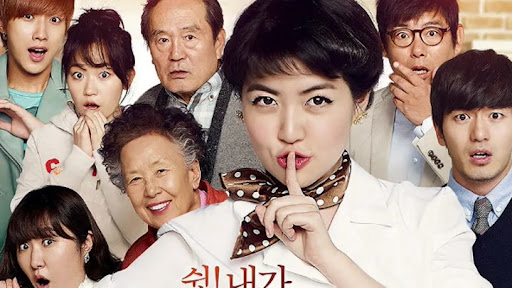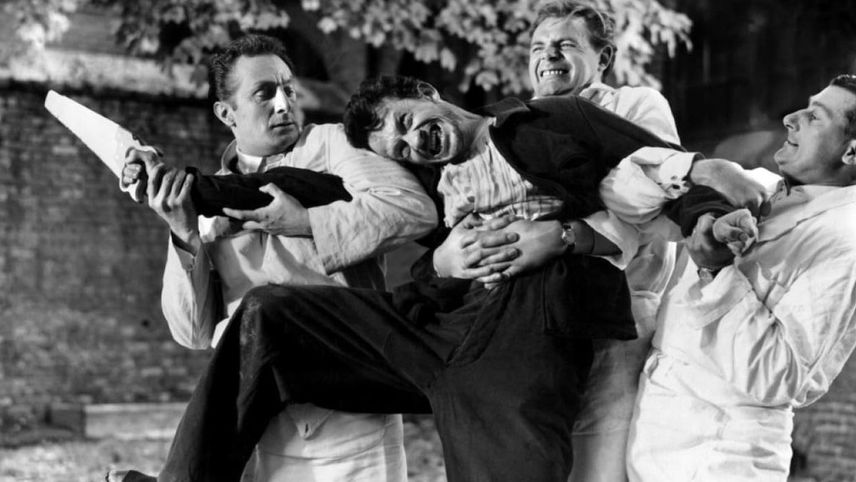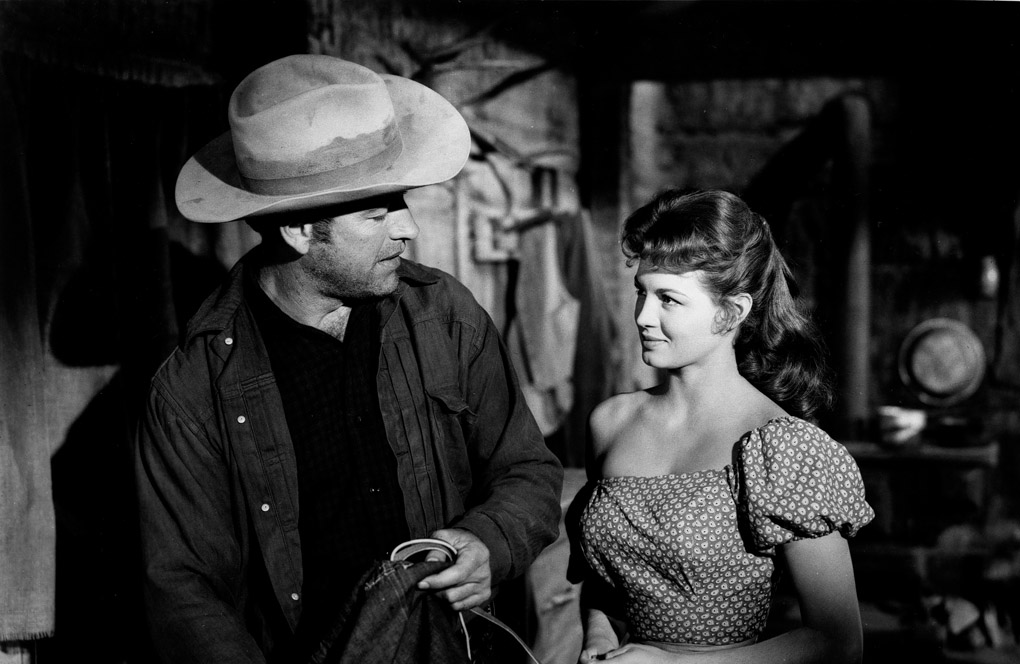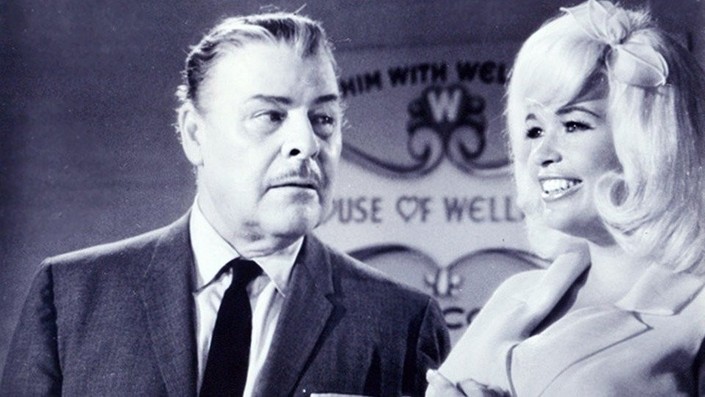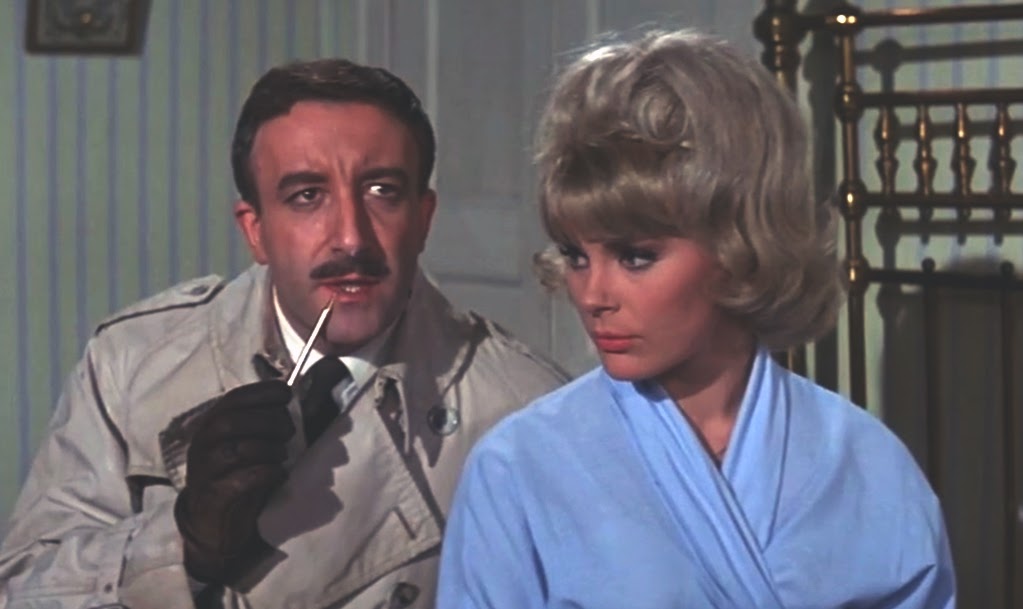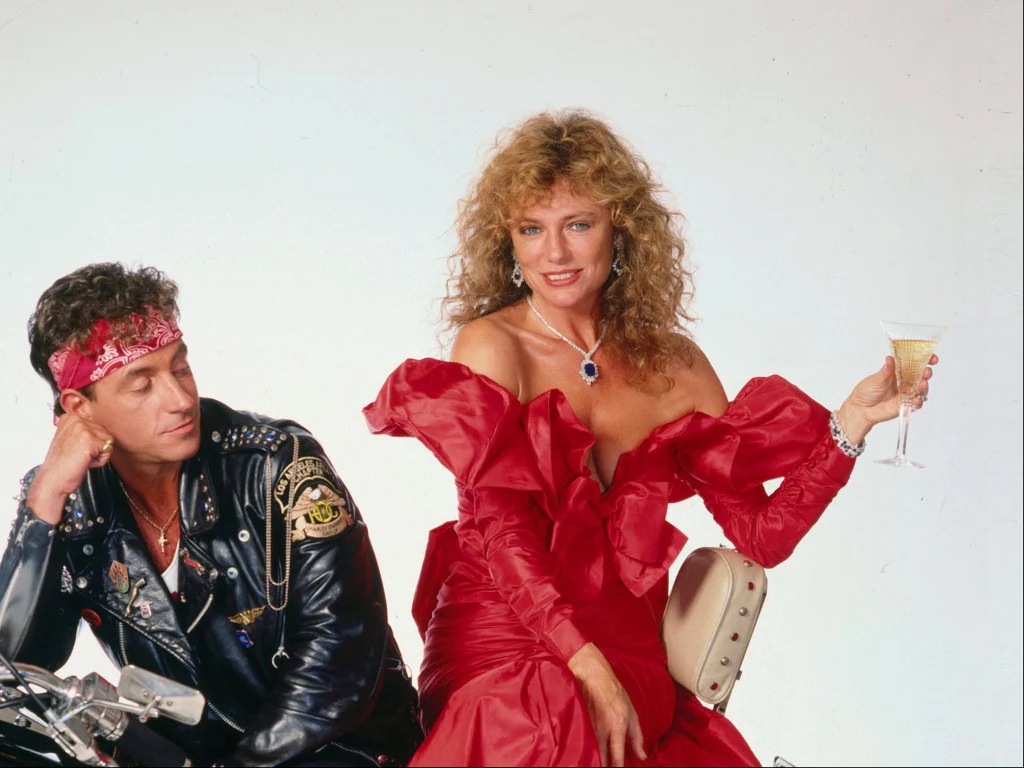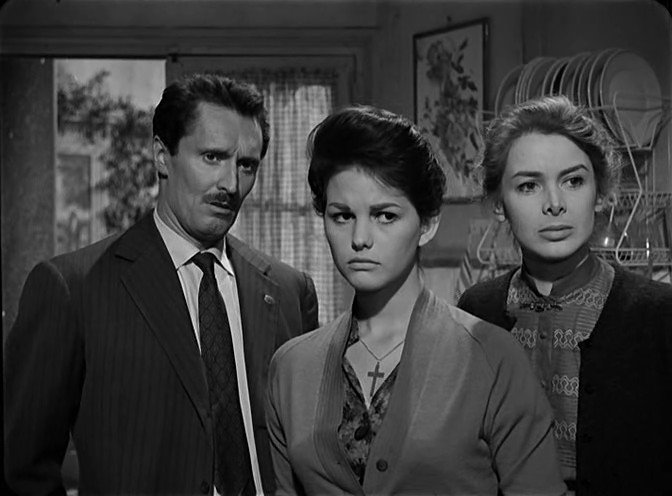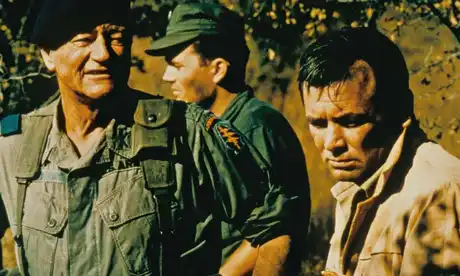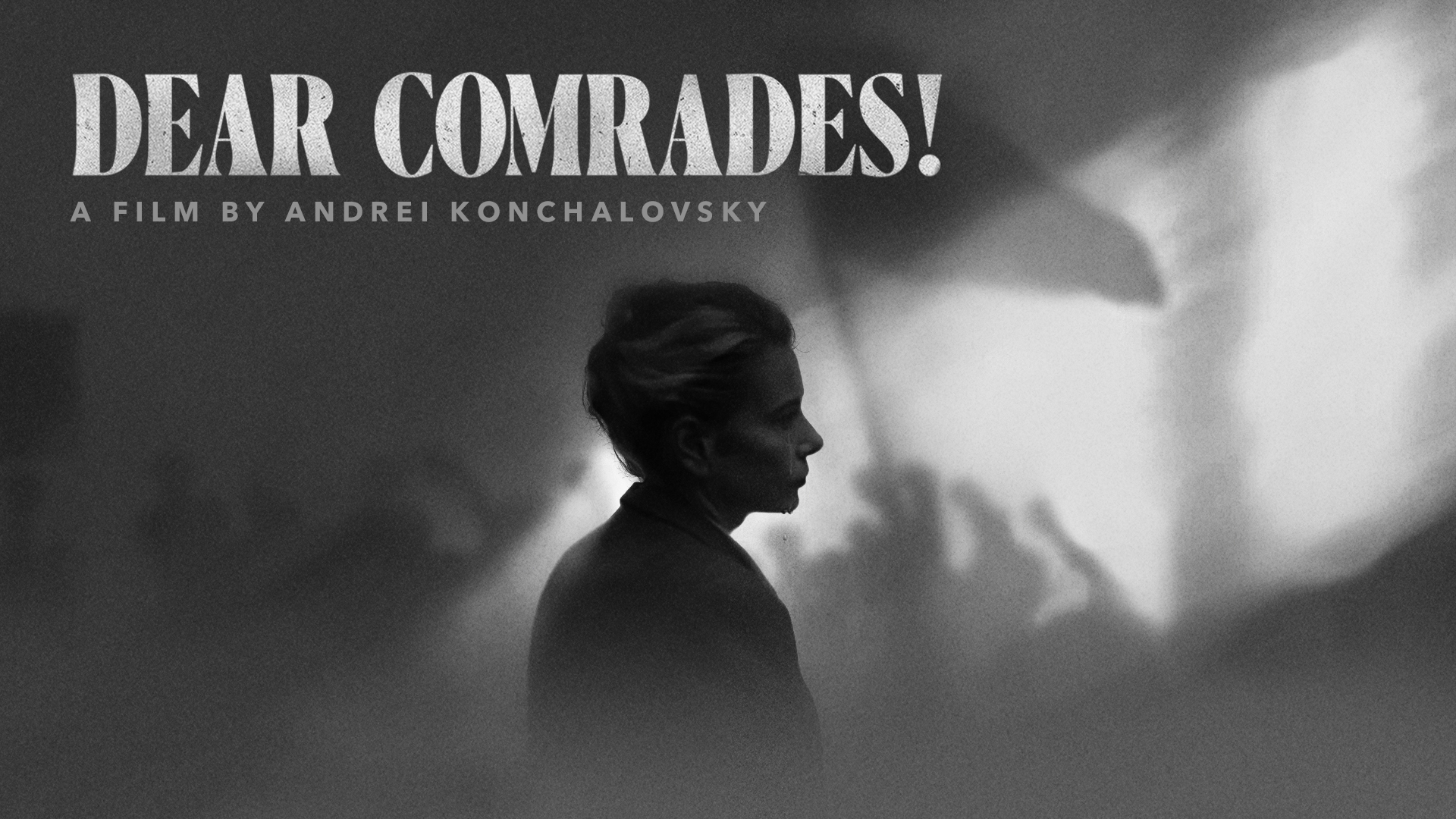priceless-stories.org – Lee Byeong-heon’s 2019 South Korean action comedy, Extreme Job (Geukan Jigeop), became a phenomenal box office hit, captivating audiences with its unique blend of slapstick humor, over-the-top action, and unexpectedly heartwarming moments. The film follows a team of bumbling narcotics detectives who go undercover as the owners of a fried chicken restaurant to stake out a drug gang, only to find unexpected success in the food business. This article delves into the film’s narrative, characters, themes, and its impact on Korean comedy and action cinema.
Undercover Operation Gone Hilariously Right: Plot Summary
A team of five inept narcotics detectives, led by the perpetually unlucky Chief Go, is constantly failing to make significant arrests. In a last-ditch effort to prove their worth, they are assigned to stake out a drug gang operating across the street from a run-down fried chicken restaurant. To maintain their cover, they decide to buy the restaurant, hoping to use it as their base of operations.
However, their stakeout takes an unexpected turn when their attempt to improve the restaurant’s failing business results in a sudden surge in popularity. Their unique “Suwon Wang Galbi Chicken” recipe becomes a viral sensation, transforming their undercover operation into a wildly successful fried chicken franchise. As their restaurant business booms, they struggle to balance their culinary success with their original mission of catching the drug gang. The film unfolds as a series of hilarious mishaps and chaotic action sequences, as the detectives try to juggle their double lives as both police officers and fried chicken entrepreneurs.
A Team of Lovable Underdogs: Character Analysis
Extreme Job features a memorable ensemble cast of characters, each contributing to the film’s comedic energy:
- Chief Go: Played with exasperated charm by Ryu Seung-ryong, Chief Go is the perpetually unlucky leader of the narcotics team. His determination to succeed is constantly undermined by his team’s incompetence and the unexpected success of their chicken restaurant.
- Detective Jang: Portrayed with deadpan humor by Lee Hanee, Detective Jang is the team’s tough and capable female officer. Her sharp wit and no-nonsense attitude provide a perfect counterpoint to the other characters’ antics.
- Detective Ma: Played with enthusiastic energy by Jin Seon-kyu, Detective Ma is a former baseball player turned police officer. His physical prowess and boundless enthusiasm often lead to hilarious mishaps.
- Detective Young-ho: Portrayed with quirky charm by Lee Dong-hwi, Detective Young-ho is the team’s youngest member, known for his eccentric personality and unusual ideas.
- Detective Jae-hoon: Played with awkward humor by Gong Myung, Detective Jae-hoon is the team’s newest recruit, constantly trying to prove his worth.
Themes of Unexpected Success, Balancing Priorities, and the Value of Teamwork
Extreme Job explores several lighthearted yet relatable themes:
- Unexpected Success: The film’s central premise revolves around the unexpected success of the detectives’ fried chicken restaurant. This theme highlights the unpredictable nature of life and the possibility of finding success in unexpected places.
- Balancing Priorities: The detectives’ struggle to balance their undercover operation with their booming business creates much of the film’s comedic tension. This theme explores the challenges of juggling multiple responsibilities and priorities.
- The Value of Teamwork: Despite their initial incompetence, the detectives ultimately succeed through teamwork and mutual support. The film emphasizes the importance of collaboration and camaraderie.
A Recipe for Success: Impact and Legacy
Extreme Job became the second highest-grossing film in South Korean history at the time of its release, captivating audiences with its unique blend of comedy and action. The film’s success demonstrated the power of well-crafted comedic storytelling and its ability to resonate with a wide audience.
The film’s blend of slapstick humor, over-the-top action, and heartwarming moments created a unique tone that appealed to viewers of all ages. Its success has solidified its place as a modern classic of Korean comedy cinema and has influenced subsequent Korean comedies to incorporate more action elements.
Conclusion
Extreme Job is a hilarious and heartwarming action comedy that delivers on its promise of laughter and entertainment. The film’s unique premise, combined with its charismatic characters and well-executed comedic timing, makes it a truly enjoyable cinematic experience. Its success has cemented its place as a beloved entry in Korean cinema and a testament to the power of well-crafted comedic storytelling.

